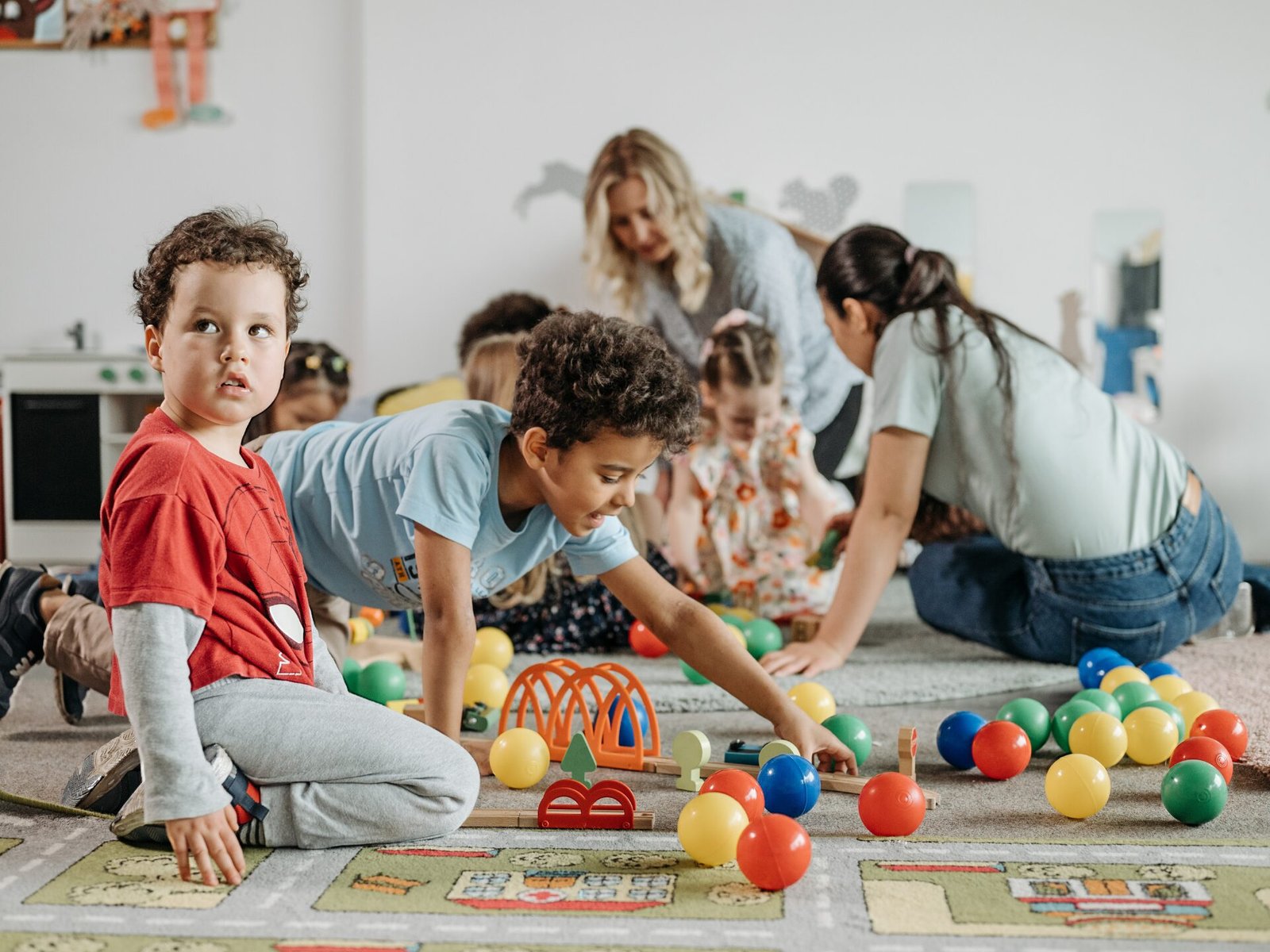Introduction to Music and Movement Activities
Music and movement activities for kids are essential for their development. These activities combine rhythmic sounds with physical motion, aiding children in enhancing their motor skills, coordination, and emotional expression. Engaging in such activities not only entertains but also fosters intellectual growth, making it a vital part of early childhood education.
Why Are Music and Movement Activities Important?
Incorporating music and movement into daily routines can significantly impact a child’s development. As children dance, clap, or sing along, they improve their physical strength and coordination. Moreover, these activities nurture creativity, allowing children to express themselves in diverse ways. Research shows that music also aids cognitive development, enhancing memory and concentration.
Simple Activities to Get Started
For parents and educators looking to introduce music and movement activities, here are a few simple ideas: 1) Interactive Dance Parties – Play music and encourage kids to dance freely; this promotes self-expression. 2) Call and Response Songs – Use songs that allow children to mimic or respond to your actions, enhancing engagement. 3) Movement Games – Incorporate games that involve music and movement, such as freeze dance or musical chairs, which are fun yet educational.
By integrating music and movement into children’s daily experiences, adults help nurture a joyful learning environment that supports holistic development.




